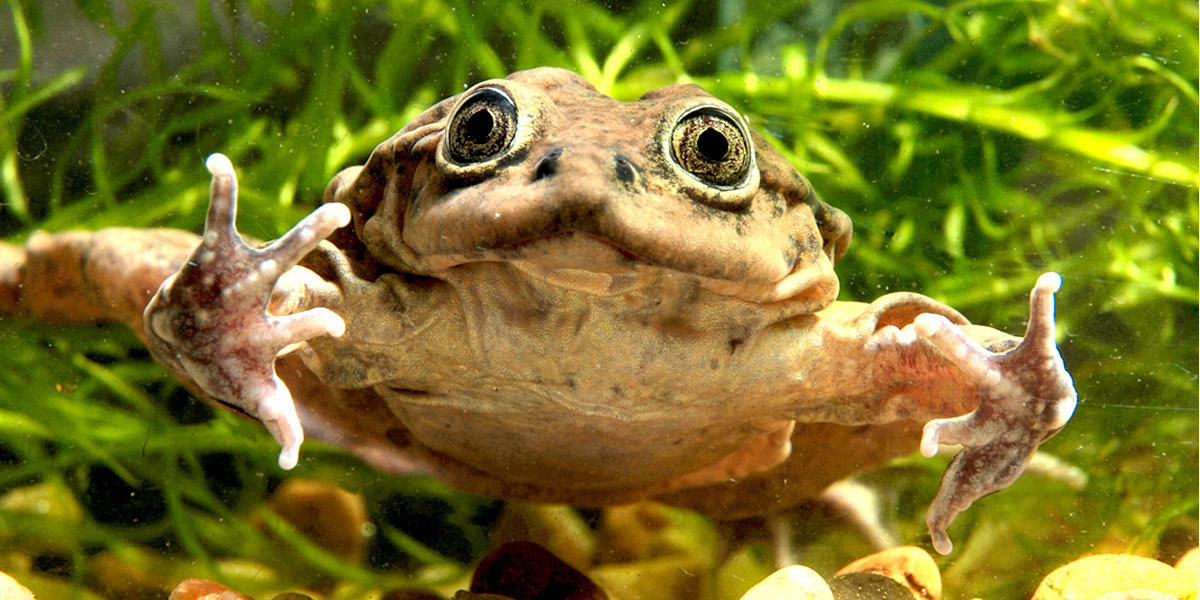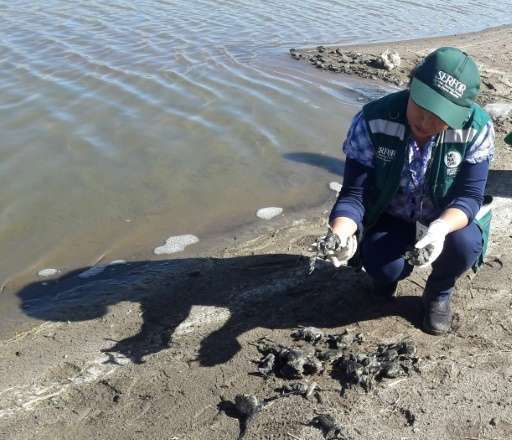

Peru’s National Forest and Wildlife Service, SERFOR, is investigating the deaths of hundreds of critically endangered Titicaca water frogs, whose bodies were found floating in the waters of Lake Titicaca, the only place in the world the species is found.

SERFOR responded to the banks of the river in the buffer zone of the Titicaca National Reserve to investigate the reported deaths and found 500 dead frogs in a 200-meter (656-foot) area. However, based on statements from locals and samples taken in the days after, SEAFOR estimated that more than 10,000 frogs were likely affected in a 30-mile span.
SEAFOR’s investigation found the presence of solid waste and sludge formation in the area. The Committee Against Pollution of the Coata River told the BBC pollution in the Coata River that flows into Lake Titicaca is to blame for the deaths, and that the government has ignored pleas to address the problem.
After this latest incident, committee leader Maruja Inquilla and other supporters brought 100 of the dead frogs to the central square in the regional capital, Puno.
“I’ve had to bring them the dead frogs,” Inquilla told AFP. “The authorities don’t realize how we’re living. They have no idea how major the pollution is. The situation is maddening.”
The committee said a sewage treatment plant is needed to clean up the lake and its tributaries.

Titicaca water frogs are also known as Titicaca scrotum frogs because of their wrinkly, baggy skin that helps them breathe. They live their entire life in the water and it is estimated their population has declined by more than 80 percent over the past 15 years due to over-exploitation, habitat degradation and invasive species.

 233k
233k  41k
41k  Subscribe
Subscribe 